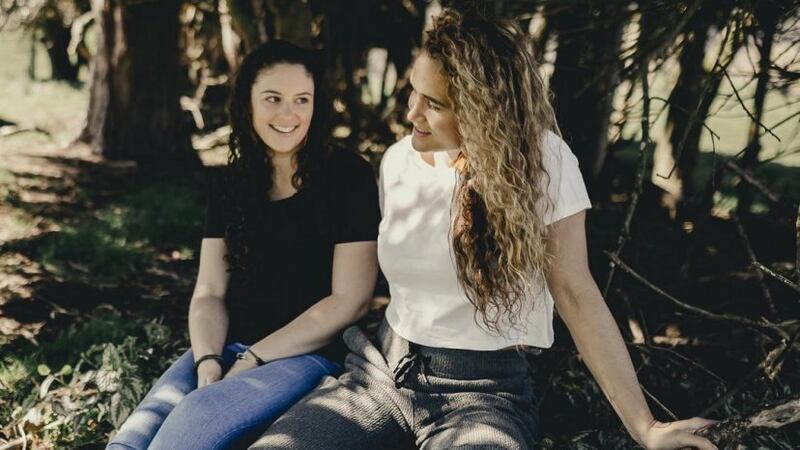Shoppers around the country have been hunting for a bargain today as part of Black Friday, an annual sale that started in the United States and has made its way to New Zealand shores.
Co-founder of Āio Clothing Hana Tapiata says Black Friday is another encouragement for people to buy things they don't need.
"They may not even really want or need things but are buying up because they can. There is an impact on the environment because there is little thought around the use of items after being purchased. Often they are discarded."
According to MakeGood, 85 percent of textiles made each year ends up in landfills or are incinerated. Consumers worldwide are buying 60 percent more clothing, but keeping garments half as long. It’s been predicted by Global Fashion Agenda that apparel consumption will rise 63 per cent to 102 million tonnes by 2030 if current trends continue.
According to Paymark, $442 million was spent in Aotearoa during Black Friday weekend in 2018. That was up by eight percent on the same weekend in 2017. The largest increase was in the apparel sector, also known as the clothing industry.
"According to research done by my friend and I, over 100, 000 tonnes of clothes get binned every year...It's bad for the wellbeing and health of Mother Earth.”
Tapiata and Jessica Massey co-founded Āio Clothing which is an initiative that will reduce the number of clothes going to waste.
"We want to repurpose clothing by diverting it from landfill and putting that through a mechanical system that's going to break that clothing down into small molecules, create a new fibre that will then be produced into new materials to create recycled kākahu," says Massey, of Ngāti Whakaue, Kāi Tahu.
A dream of Tapiata's is for communities to work together and recycle.
"With the research we can educate people on how to recycle their clothes and how to be smarter when buying clothes instead of buying, throwing them away and buying more, she says.
"We need to question and find out where those clothes are coming from. What are the circumstances around the manufacturing of those clothes, what are the origins of those clothes. That is what we need the public should be mindful of."

